Imagine a creature so strange, so utterly unlike anything alive today, that even the world’s top scientists had no idea which way was up—or even which end was the head. Meet Hallucigenia, a spiky worm from over half a billion years ago that defied the rules of nature and forced us to rethink the story of life on Earth. Its discovery shook the scientific world, offering a wild glimpse into the chaos and creativity of evolution. What secrets does this “alien” fossil hold, and how did it rewrite our understanding of the animal kingdom?
A Fossil from the Dawn of Animal Life
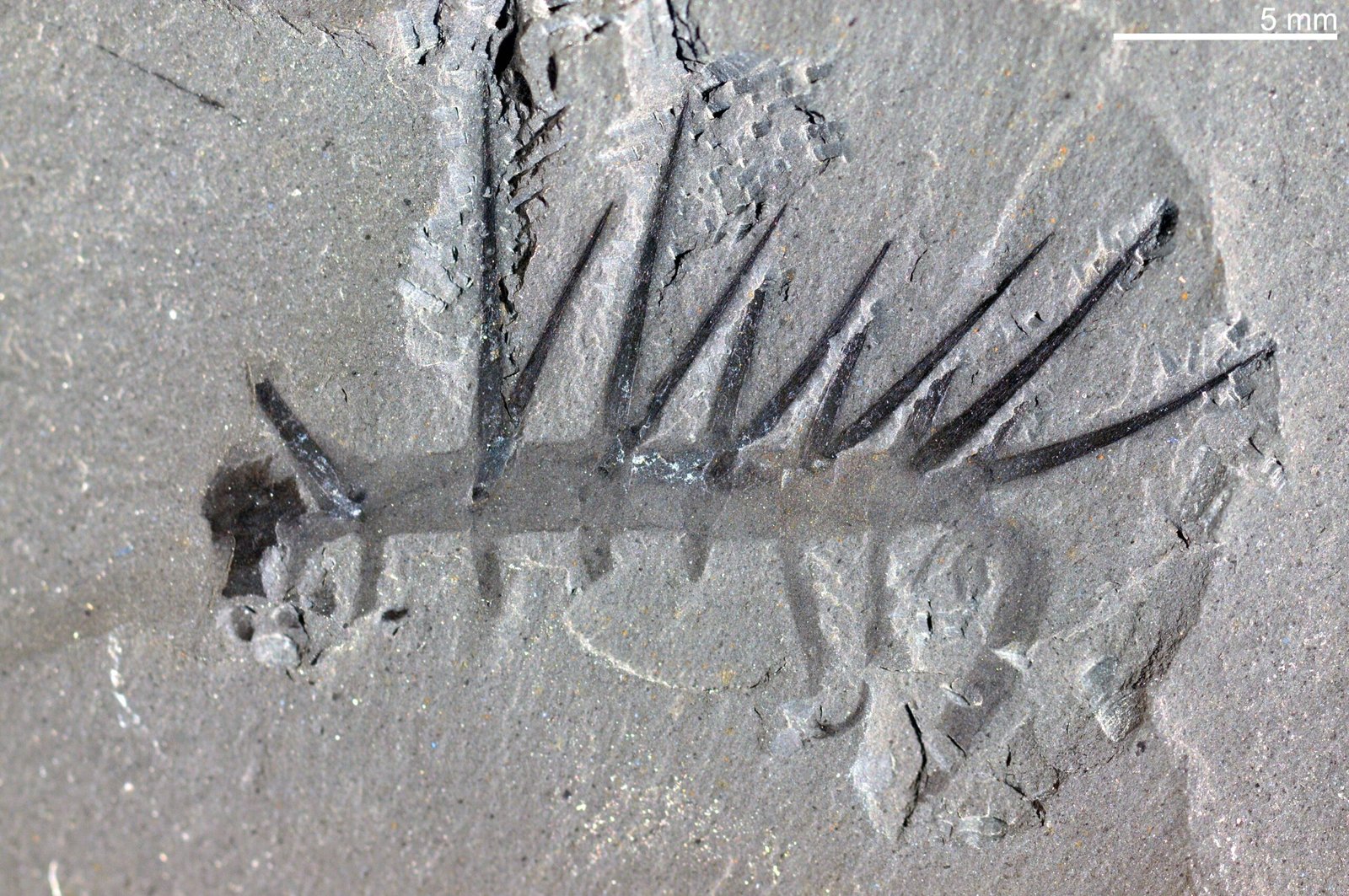
Hallucigenia first came to light in the 1970s, when paleontologists unearthed its fossils in Canada’s Burgess Shale. These rocks are famous for preserving some of the oldest and most bizarre creatures from the Cambrian Explosion, a time around 508 million years ago when life rapidly diversified. Unlike anything modern, Hallucigenia looked like a living hallucination—hence its name. Its body was slender and worm-like, but covered in long spines that seemed to serve no obvious purpose. Discoveries like Hallucigenia provide a rare window into the earliest days of complex animal life, offering clues to how modern animals first evolved their distinctive shapes and body plans.
The Anatomy That Confused the World

Hallucigenia’s body plan was so peculiar that the first scientists to study it made a shocking mistake: they reconstructed it upside down. Early illustrations showed it walking on its spiky back, with what looked like tentacles waving in the air. Only decades later did experts realize those “tentacles” were actually its legs, and the spikes were for defense. Even its head and tail were mixed up! This confusion highlights just how alien Hallucigenia was compared to any living creature, and why it became a symbol of the weirdness of prehistoric life.
A Survivor of the Cambrian Explosion
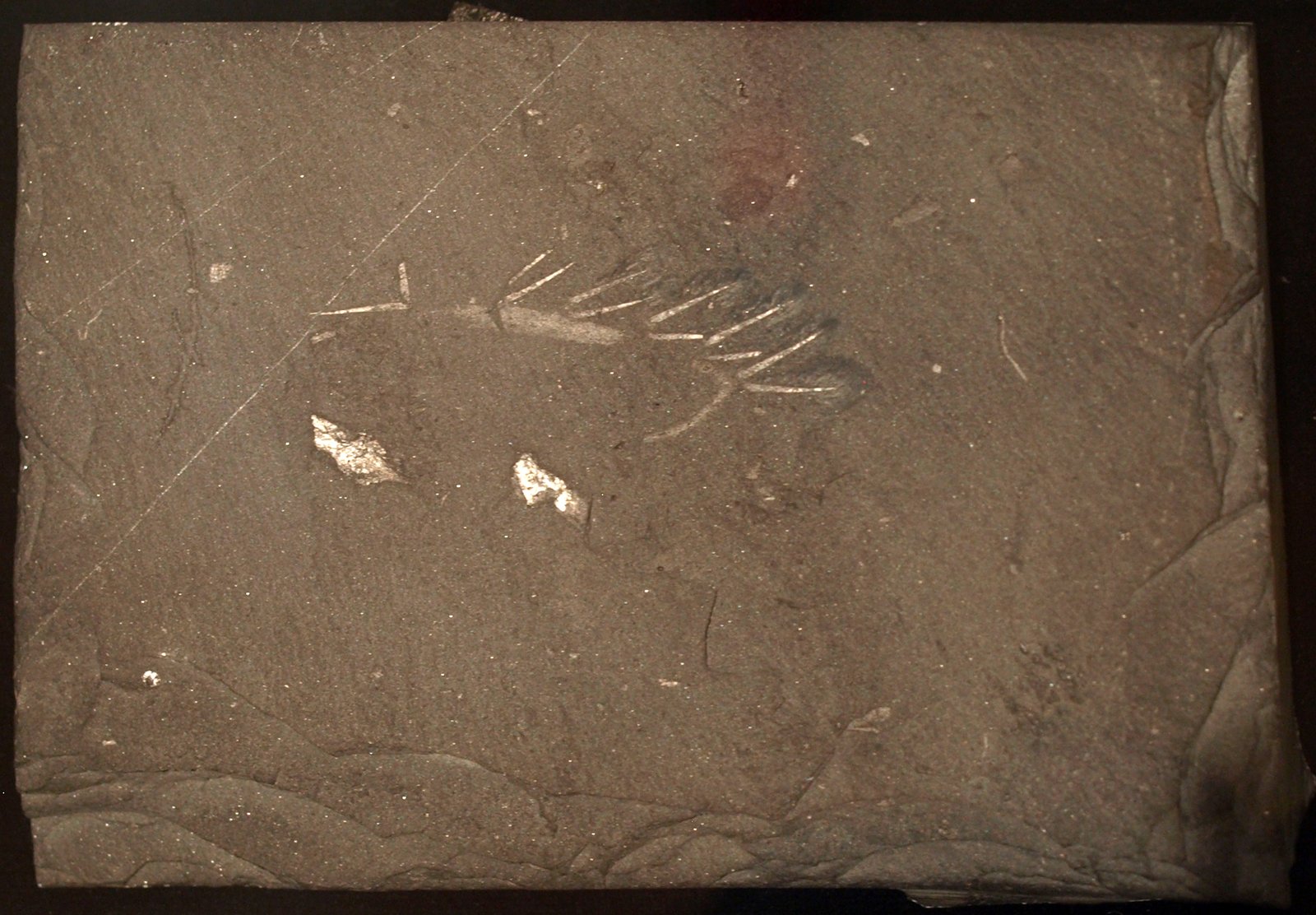
The Cambrian Explosion was a period of evolutionary experimentation, when life on Earth developed new forms at a mind-boggling pace. Hallucigenia was part of this great evolutionary burst, swimming and crawling alongside equally strange animals like Anomalocaris and Opabinia. Unlike most creatures from this time, Hallucigenia’s relatives left no modern descendants. Its unusual design tells us that early evolution was not a straightforward march toward today’s animals, but a chaotic experiment filled with winners, losers, and dead ends.
Spines, Claws, and Ancient Armor
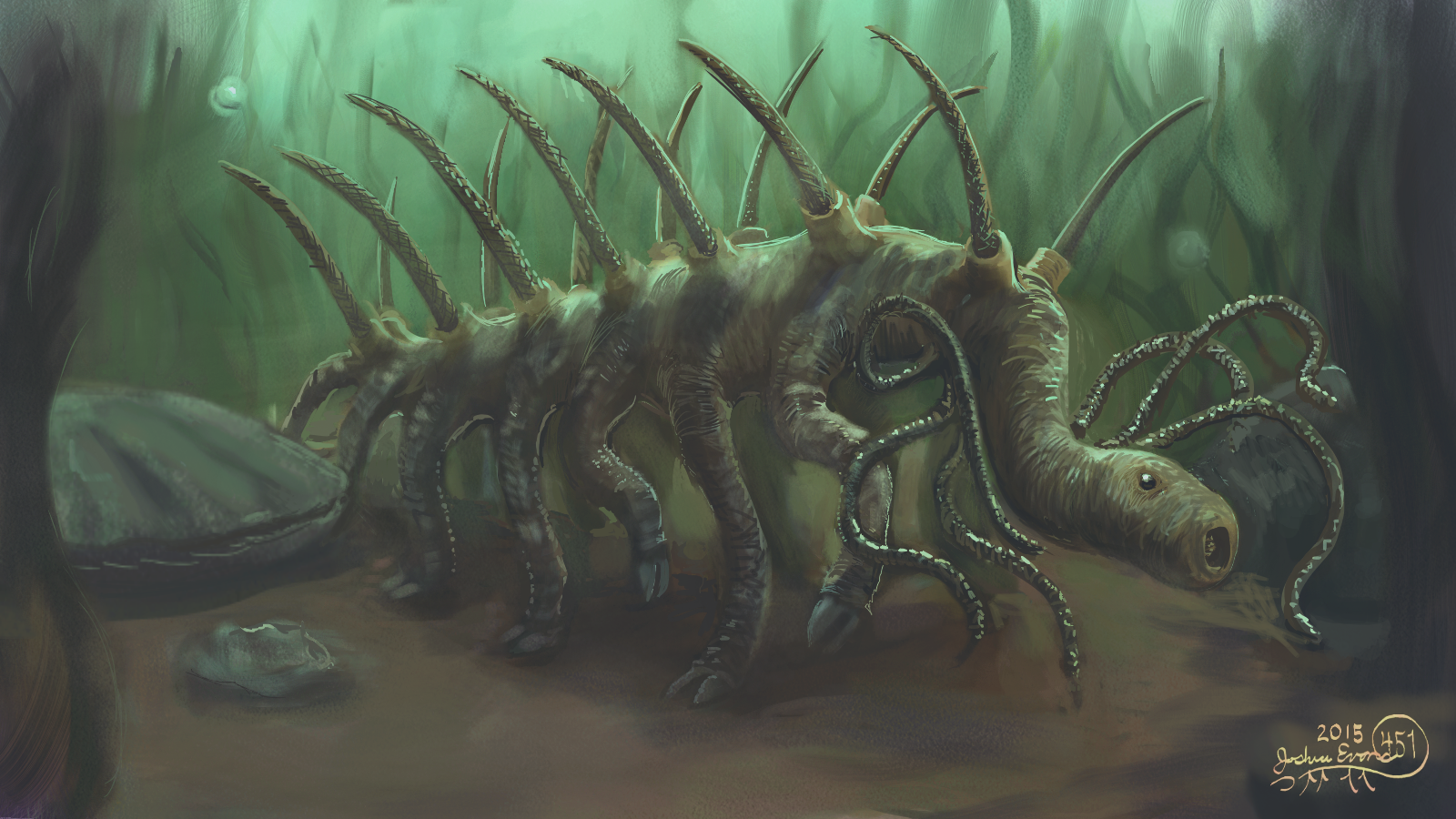
One of Hallucigenia’s most striking features is its row of rigid, needle-like spines lining its back. Scientists believe these spines served as a defense mechanism against predators. Imagine being a soft-bodied worm in a sea full of hungry monsters—armor would be a lifesaver. Its legs ended in sharp claws, likely helping it grip onto the seafloor or climb over sponges and algae. These adaptations hint at a rough-and-tumble world where every creature needed a trick to survive.
Solving the Mystery of Its Head
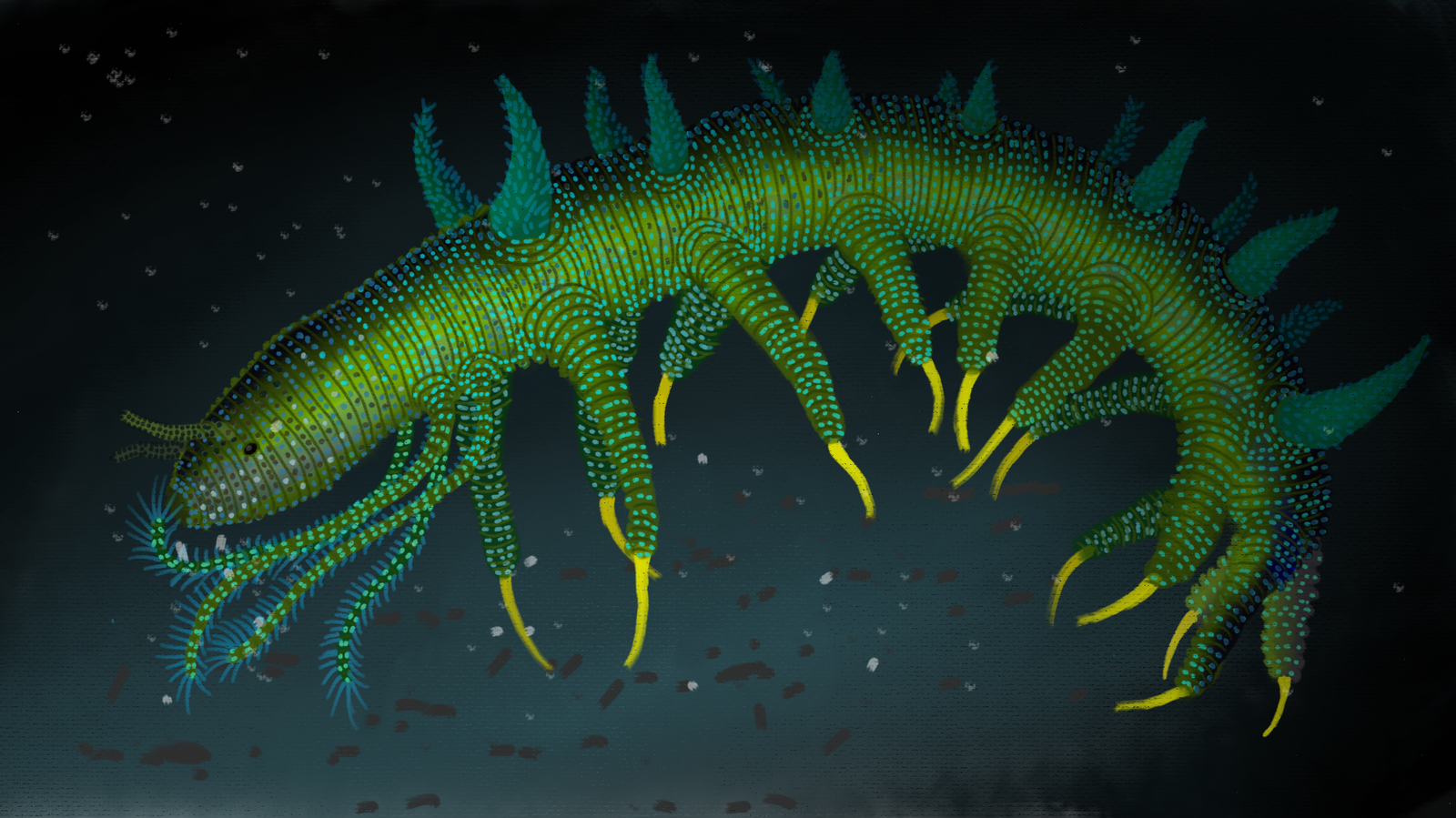
For years, researchers puzzled over which end of Hallucigenia was the head. The fossil’s poor preservation and asymmetrical shape led to wild speculation. Some thought a bulbous structure at one end was the head, but later studies found tiny black dots that turned out to be simple eyes. Even more surprising, its mouth was ringed with teeth—unusual for such an ancient animal. This bizarre head design demonstrates just how inventive evolution can be, especially in its earliest experiments.
Hallucigenia’s Place in the Tree of Life
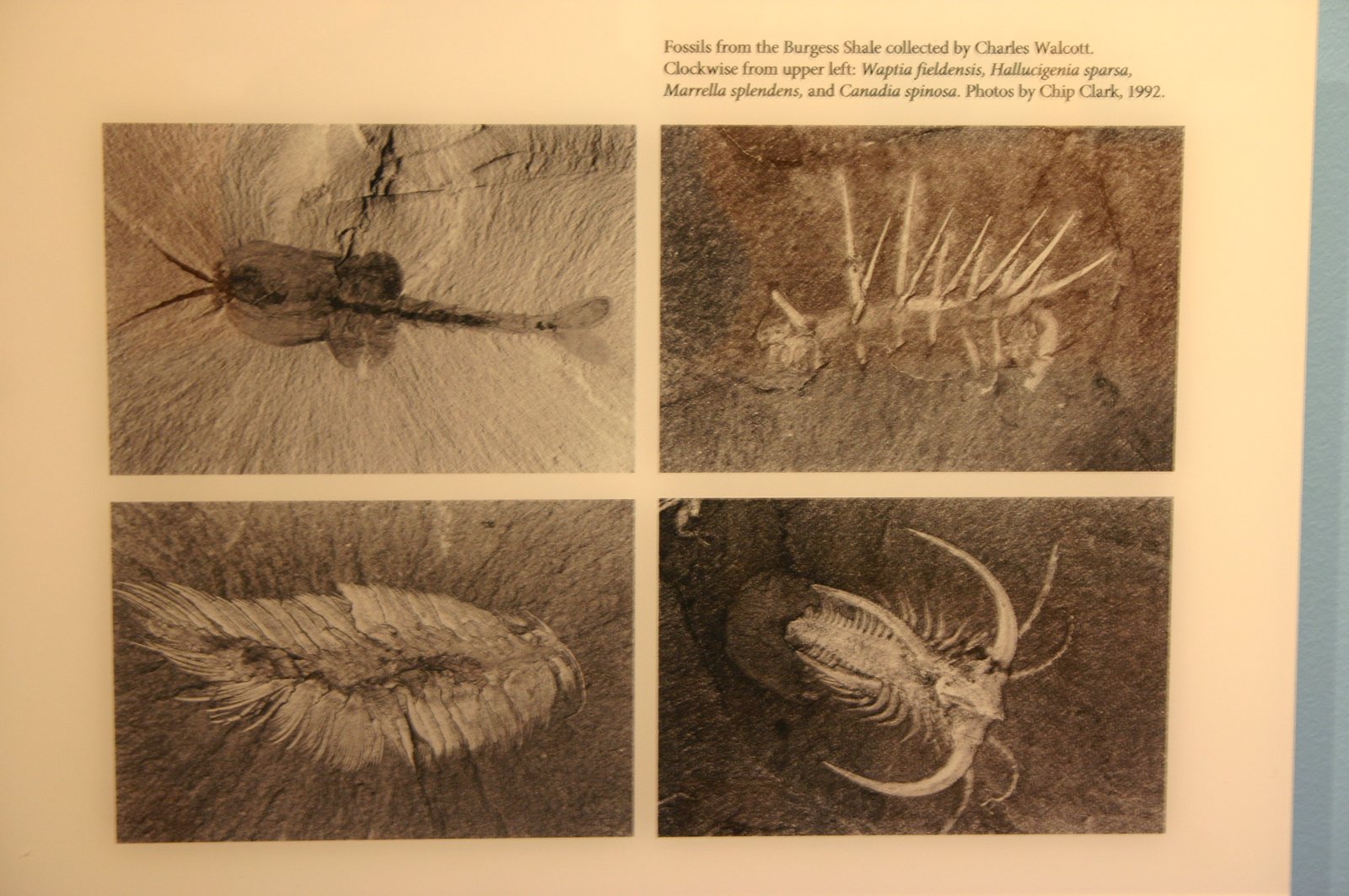
Where exactly does Hallucigenia fit in the grand story of evolution? After decades of debate, scientists now believe it is an early member of the group called lobopodians—soft-bodied worms with legs. Lobopodians are related to velvet worms and the ancestors of arthropods, which include today’s insects, spiders, and crustaceans. Hallucigenia shows that some of the key features of modern animals, like jointed legs and protective armor, started evolving much earlier than we once thought.
Rewriting the Evolutionary Narrative
Before Hallucigenia, scientists believed evolution was a slow, gradual process. But this creature’s sheer weirdness, along with its Cambrian contemporaries, revealed a very different story—one of rapid change, failed experiments, and radical innovation. The discovery of Hallucigenia forced biologists to accept that the “branches” of the evolutionary tree are full of strange side-shoots and unexpected twists. Its legacy is a reminder that the path from simple worms to complex animals was anything but straightforward.
Modern Technology Unearths New Secrets
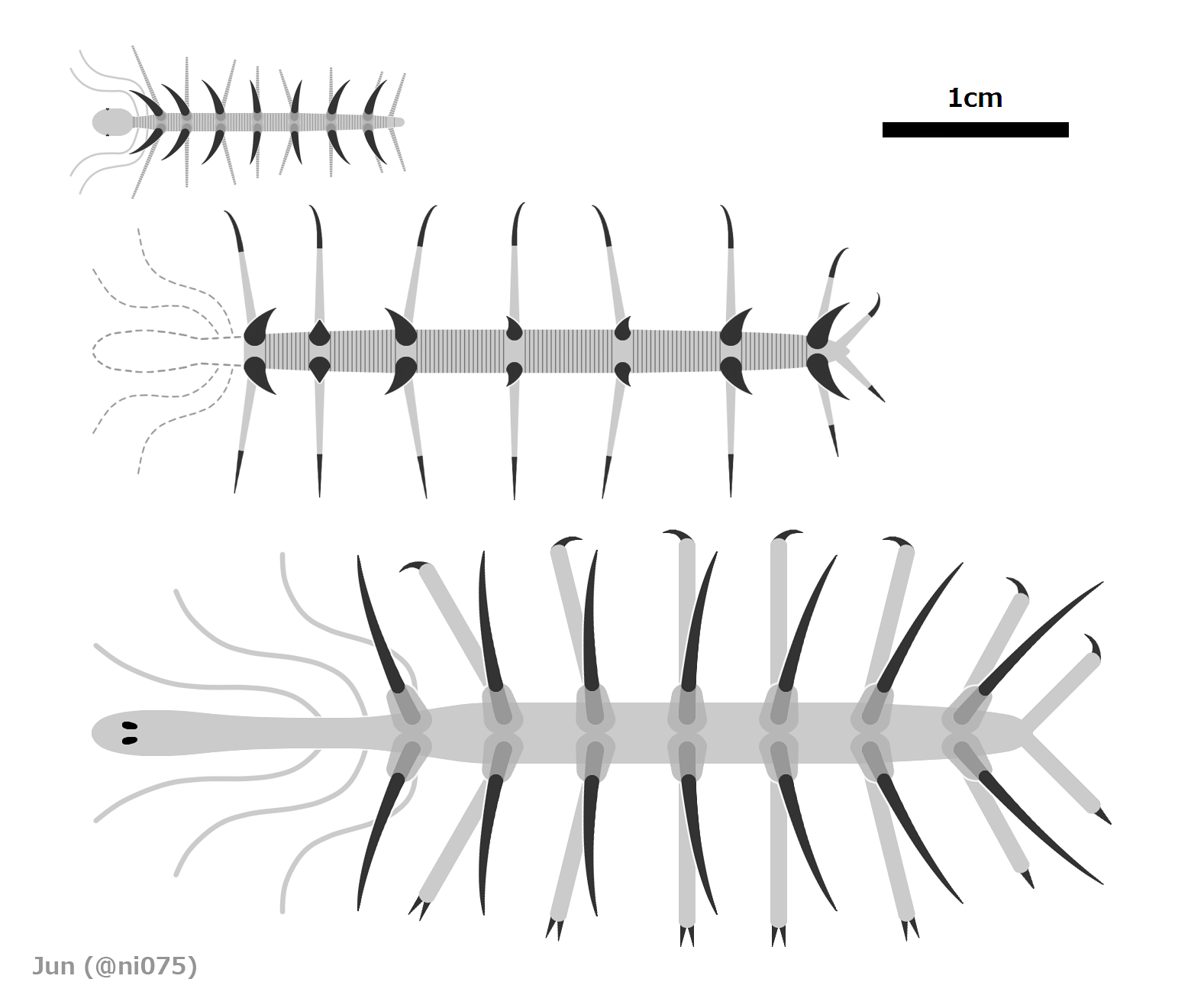
Recent advances in technology, like high-powered microscopes and 3D imaging, have allowed scientists to re-examine Hallucigenia fossils in stunning detail. These tools helped reveal the true orientation of its body, the structure of its claws, and even the microscopic teeth around its mouth. Each new discovery adds another piece to the puzzle, making Hallucigenia one of the most studied and reinterpreted fossils of all time.
An Icon of Evolution’s Creativity
Hallucigenia’s bizarre appearance has made it a favorite among both scientists and the public. It’s often featured in museums and documentaries as the ultimate example of nature’s wild imagination. Its story continues to inspire artists, writers, and anyone curious about life’s potential. Hallucigenia challenges us to embrace the unexpected and to rethink what’s possible in the natural world.
Lessons from a Lost World
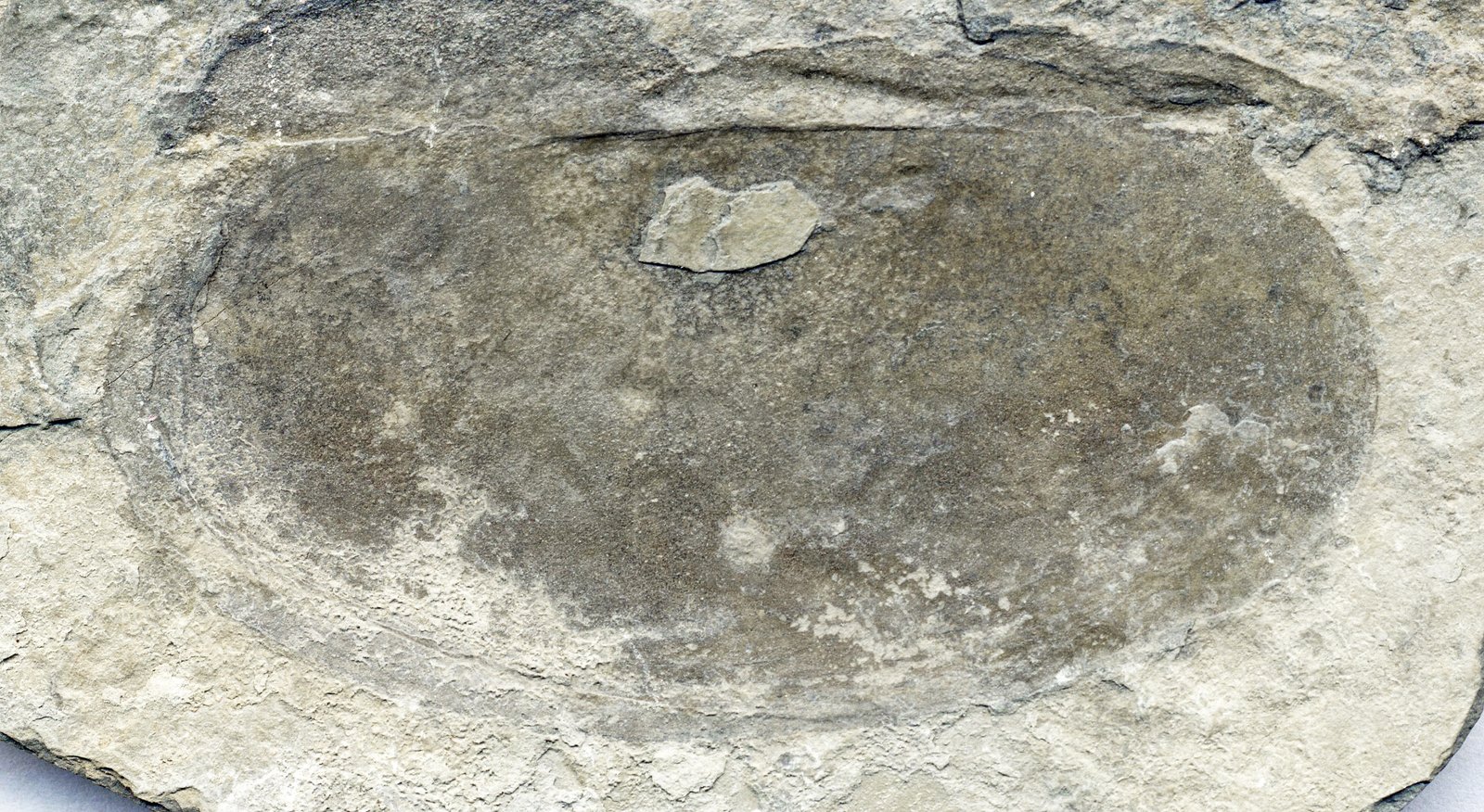
The world Hallucigenia inhabited was filled with dangers and opportunities, where survival depended on strange adaptations and split-second choices. By studying its life, scientists gain insight into how life responds to extreme challenges and rapid change. Hallucigenia’s success—and eventual extinction—reminds us that evolution is both creative and ruthless, shaping life in ways both beautiful and bizarre.
The Enduring Mystery of Hallucigenia
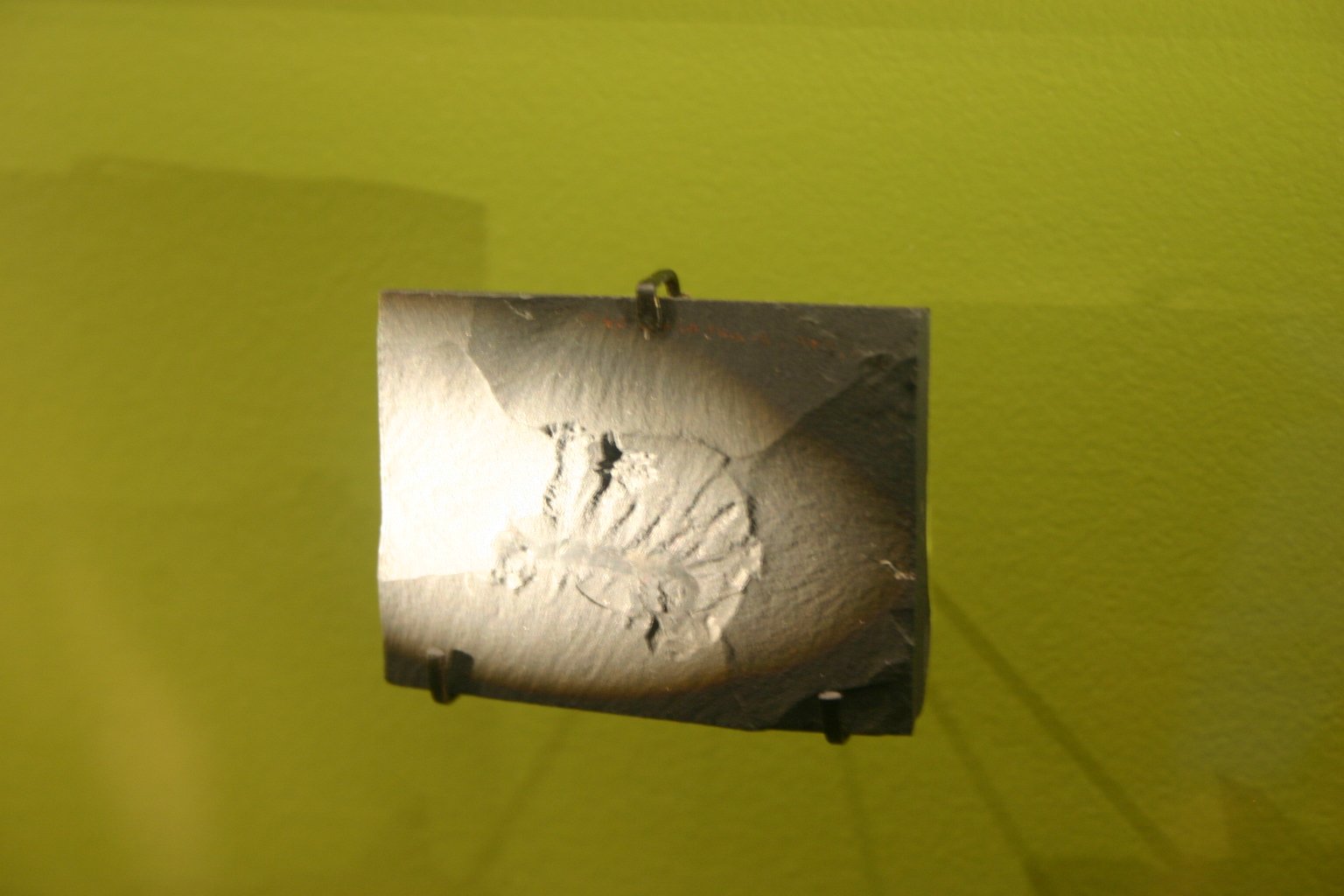
Decades after its discovery, Hallucigenia still holds secrets. New fossils and techniques may yet reveal more about its behavior, ecology, and place in the tangled web of life. Its story isn’t just about a worm, but about the power of curiosity and the joy of discovery. Hallucigenia stands as a testament to how much we still have to learn about our planet’s past and the wonders that evolution can produce.




